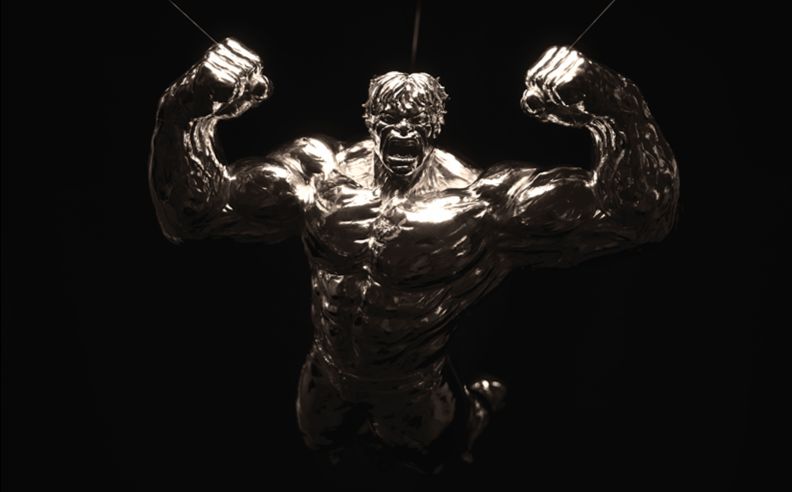
Filmmaking often depends on how a story is framed, and few camera angles change perspective as dramatically as the overhead shot. Also known as the bird’s eye view, this angle captures scenes from directly above, transforming ordinary visuals into striking compositions that reveal emotion, power, and structure from a new height. Whether in cinema or photography, the overhead shot gives creators a godlike vantage point one that reshapes how audiences experience every frame.
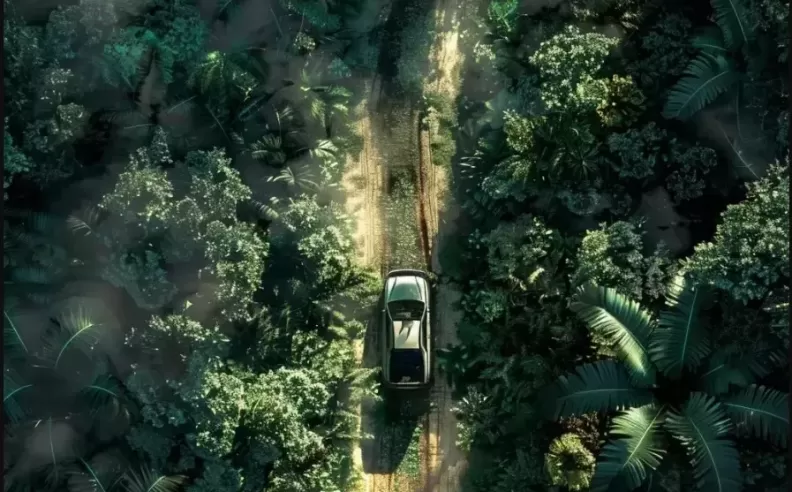
The overhead shot positions the camera straight above the subject, pointing downward to show a complete top-down perspective. This angle instantly alters the viewer’s perception, making people or objects appear small and vulnerable beneath the lens. It exposes patterns, geometry, and spatial relationships that remain invisible at eye level. Filmmakers use this angle to convey insignificance, tension, or even divine observation, while photographers rely on it to capture symmetry, texture, and design unseen from the ground.
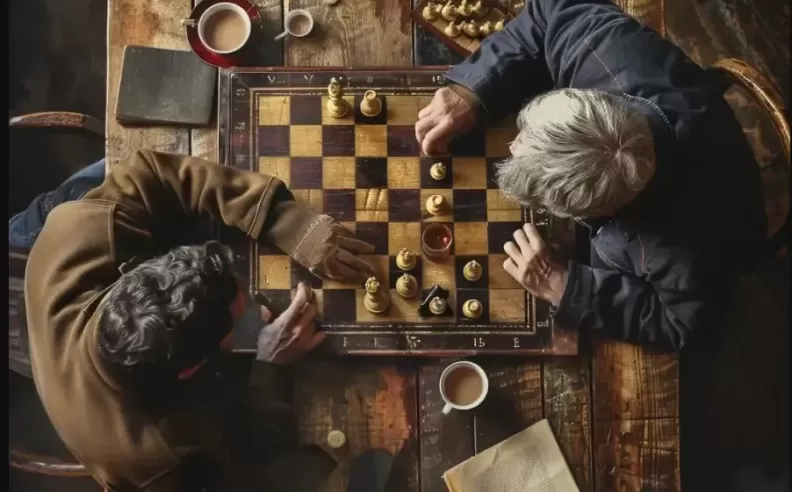
By revealing the full layout of a scene, overhead shots give viewers a complete understanding of space and movement. They help establish context, showing how characters or elements connect within their surroundings. In war films, for instance, the view from above can highlight troop formations or chaos across vast landscapes. In thrillers, it can make a character appear isolated or powerless. The technique also plays with psychology the higher the camera, the smaller the subject appears, subtly shifting emotional balance and control.
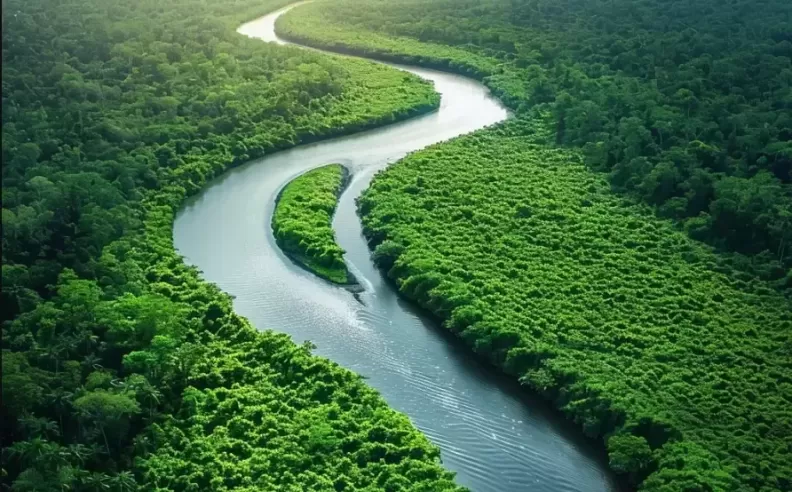
Achieving an overhead shot requires precision and planning. Directors use cranes, drones, or scissor lifts to elevate the camera directly above the action. Drones, in particular, have revolutionized this angle, offering fluid, stable movement that captures cinematic sweeps once reserved for big productions. Indoors, a mounted camera on a lift or balcony can provide the same straight-down effect. Some creators even combine real footage with CGI to achieve impossible bird’s-eye sequences that move seamlessly through space.
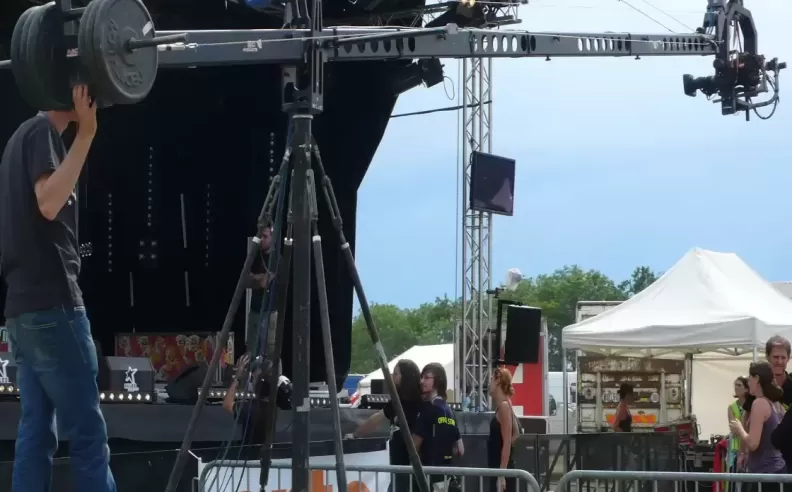
Legendary filmmakers have used this technique to deepen emotion and narrative. Alfred Hitchcock used overhead shots in Vertigo to amplify suspense and unease. Martin Scorsese employed them in Goodfellas to contrast power and chaos. Wes Anderson turned them into an artistic signature, aligning every detail with symmetry and color. In 1917, Sam Mendes used sweeping aerial angles to immerse viewers in the soldiers’ harrowing journey. Each example shows how the overhead shot turns storytelling into visual poetry controlled, meaningful, and emotionally charged.
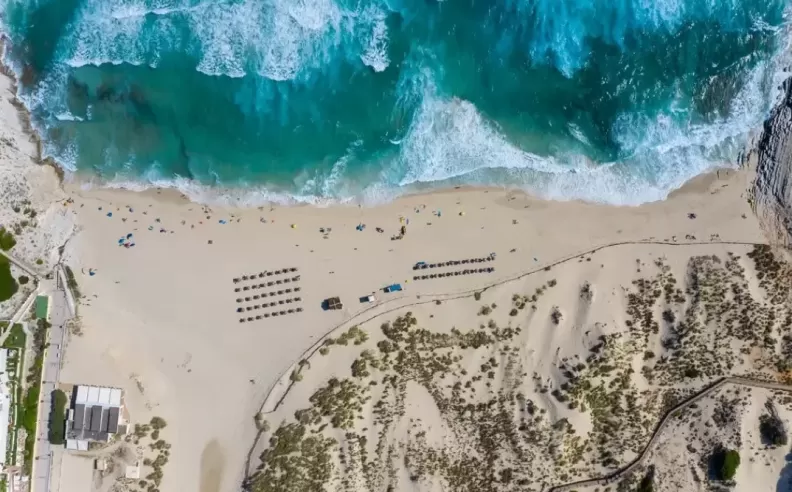
Beyond film, photographers embrace the bird’s eye view to uncover beauty hidden in everyday scenes. From aerial shots of cities and rivers to minimalist food photography, the angle turns subjects into compositions of pattern and form. Visionaries like Yann Arthus-Bertrand and Edward Burtynsky have used it to capture environmental and architectural grandeur. Shooting from above transforms chaos into order revealing shapes, textures, and light that the human eye rarely sees.
The overhead shot does more than elevate the camera it elevates storytelling. It grants viewers a sense of omniscience, allowing them to see the world from a detached yet powerful viewpoint. Whether through drones gliding across skylines or lenses suspended above actors, this perspective continues to redefine visual language. For filmmakers and photographers alike, the view from above remains timeless a reminder that sometimes, the most profound stories unfold when seen from a higher angle.

Started my career in Automotive Journalism in 2015. Even though I'm a pharmacist, hanging around cars all the time has created a passion for the automotive industry since day 1.


